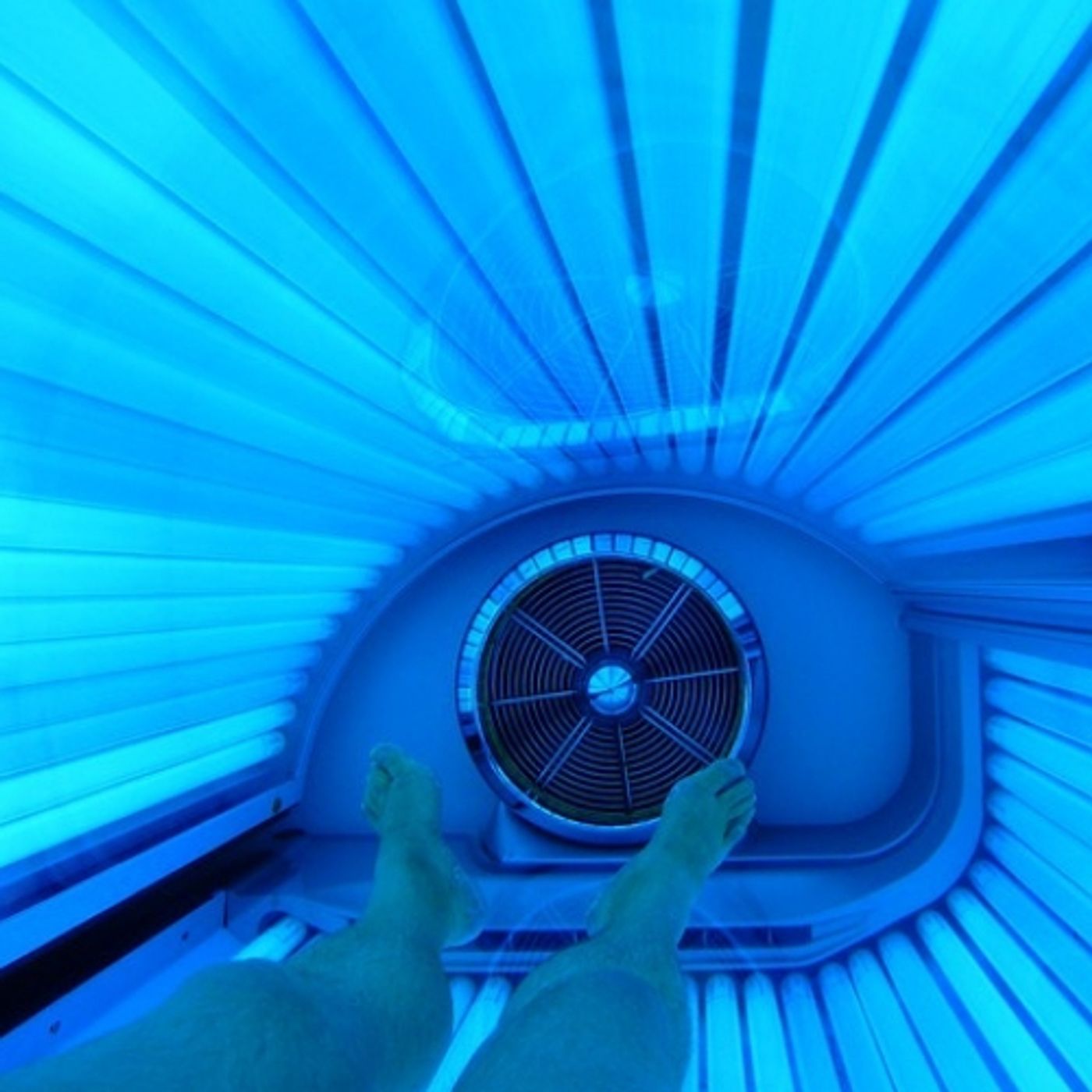Can You Get Addicted to Tanning at the Gym?
Do you know what GTL means? If you're a fan of the reality series "The Jersey Shore" then you know it stands for "Gym, Tan, Laundry" which refers to the priorities some of the stars of the show espoused. But is tanning addictive? Can you get hooked on getting fake baked? Some research seems to suggest you can, especially when tanning beds are marketed along with gym memberships.
Multiple studies highlight the risk of tanning beds. Just because it's a retail outlet with beds, memberships, and supervision, doesn't mean it's safe. Any kind of UV exposure can be dangerous, and tanning beds are no exception. A recent study published in JAMA Dermatology suggests that when gyms install tanning facilities and bundle them with membership specials, customers can get addicted to tanning and that poses a real problem for skin cancer risk.
The study showed that 25% of tanning bed users reported that they took advantage of tanning beds that were provided at their gym. In addition, the state of Minnesota, not known for its sunny temperatures and beaches has one of the highest rates of melanoma. Why? Because the long winters there send some scurrying to the gym or the "electric beach" to get their tan on. The Melanoma Research Foundation reports that melanoma, a form of skin cancer, is the most frequently diagnosed cancer among young adults aged 25 to 29 and the second most commonly diagnosed cancer among young people aged 15 to 29. That's a lot of cases related to something you can find at a gym, which is supposed to be a place you go to maintain good health.
Sherry Pagoto, a psychologist at the University of Connecticut, decided to conduct the tanning study when she noticed area gyms offering tanning beds as an enticement for getting new members. She related the health risks of tanning beds to that of tobacco in questioning why a gym, whose purpose is to promote exercise and healthy habits would use tanning to lure customers. In an interview with the MinnPost, she stated, "We would be astounded if gyms provided tobacco to patrons, so we must pose serious questions to gyms which provide ultraviolet radiation. The comparison of tobacco and tanning beds might seem like hyperbole, but it is not. They are both rated group 1 carcinogens, and research shows that we now have more cancers related to tanning beds than cancers related to tobacco."
Pagoto's research looked at how many major gym chains offered tanning beds in their facilities. She surveyed every location of Planet Fitness, Anytime Fitness and Gold's Gym in Connecticut and Massachusetts and found that 66 per cent of the 167 locations she looked at included tanning beds. Planet Fitness topped the list, with 100% of their sites in these two states having tanning beds available. The total number of beds added up to 408. Pagoto did the math and explained, "Extrapolating this to all 50 states would mean that these three gym chains alone house over 10,000 tanning beds nationwide. That's an equivalent capacity to 1,600 tanning salons. The tanning industry must be thrilled."
When she looked further at who was using these services, she found that 25% of tanning bed users had gone baking at the gym. Those that used tanning services at a gym tanned 67% more often than those that went to independent tanning parlors. Her survey found that gym tanners associated the healthy habit of exercise with their use of tanning beds, which means they did not see tanning as risky and possibly carcinogenic. This demographic was also more likely to report a tanning addiction.
While going to the gym and working out on a regular basis is something everyone could benefit from, skipping the blue light of simulated sunshine is probably best. Check out the video to learn more about tanning beds.
Sources: MinnPost.com JAMA Dermatology









